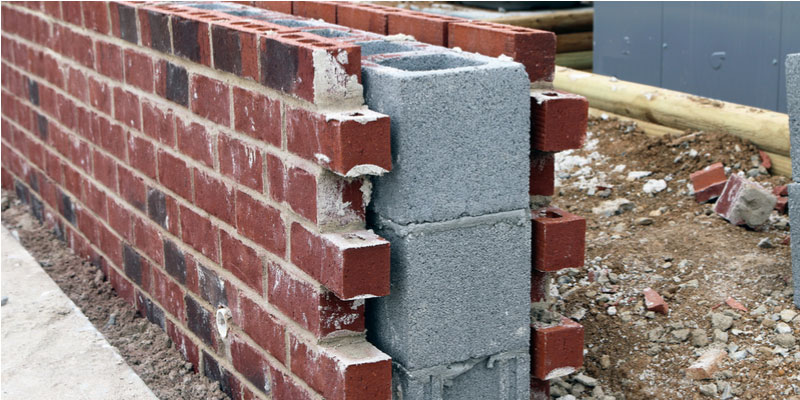A retaining wall is classified as a wall of varying height and size used to hold back earth, especially on sloped land prone to erosion. Retaining walls can be seen just about everywhere, from residential properties to public schools. Made to look like a natural part of the landscape, it’s easy to ignore retaining walls until you realize you need one.
What are retaining walls used for?
Retaining walls are used to hold back soil or water that would otherwise naturally move downhill thanks to erosion. Retaining walls essentially hold back the force of gravity. The design of each wall is influenced by the lateral force of the slope.
By slowing the flow of soil and water, retaining walls greatly reduce erosion and improve land usability. They can also be used to confine contaminated rainwater to prevent it from draining into local waterways.
Retaining walls are often used to get more use out of land by sectioning off slopes into usable spaces or terraces to grow plants or crops, or even add a seating area.
Signs you could potentially benefit from a retaining wall:
- Your property sits on a hill or slope/downhill erosion is an issue
A retaining wall reduces slope angle and holds back soil and moisture, reducing erosion so you can make better use of land.
- The foundation of your home is at risk from a sliding hill
If your home sits on a downhill foundation it can start to wash away from years of erosion. Even if your home is on an uphill foundation, erosion from a nearby slope can compact the foundation and lead to erosion. This is scary because it compromises the integrity of your home. A retaining wall is one of the best solutions for either scenario to reduce erosion and protect your home’s foundation.
- Your house or building sits downhill from soil fault lines
Even if your home is safe from erosion today, anything from an earthquake to a bad storm could change that by sliding land away from natural fault lines. If your home sits downhill from a fault line, adding a retaining wall can help protect it against the chance of an earthquake or other disaster.
Gravity Retaining Wall vs. Reinforced Wall
What is a Gravity Retaining Wall?
A Gravity Retaining Wall relies on its weight and setback to keep soil in place. These types of walls tend to be shorter in height and are less intricate to construct. Although we don’t recommend it, some people even take them on as DIY projects.
What is a Reinforced Wall?
A Reinforced Wall has greater strength due to the addition of some type of reinforcement. This allows it to hold back more soil weight and pressure. Sometimes referred to as “geogrid” walls, this type of retaining wall may contain geogrid in between blocks. During installation, it is rolled back into the slope or hillside so that the geogrid and soil bind together to create a solid mass of strength. Alternative grid materials may be used based upon site specific conditions.
A reinforced retaining wall is more complex than a gravity retaining wall. As a result, an engineer and certified contractor are necessary for successful completion of these types of projects.
What types of materials are used to build a retaining wall?
Several common materials can be used to construct solid retaining walls, such as concrete, brick, stone, and even wood. While most materials can effectively hold back soil, some materials keep at it for a lot longer before giving out. For instance, while wood is an affordable way to hold back soil it degrades much quicker than a material like stone.
Toronto Retaining Walls by Turnbull Masonry
Are you wondering if a retaining wall is right for your property, or what type of wall is best? We’d love to visit your property and help guide you in the right direction. Contact us today to learn more!

